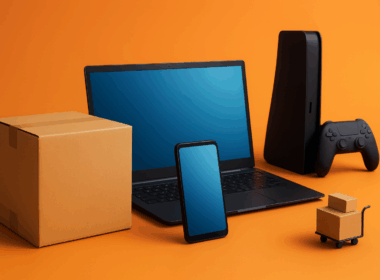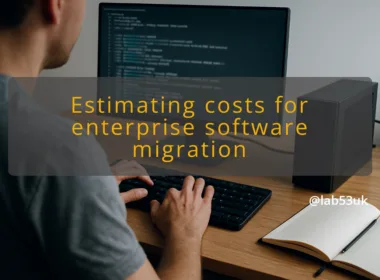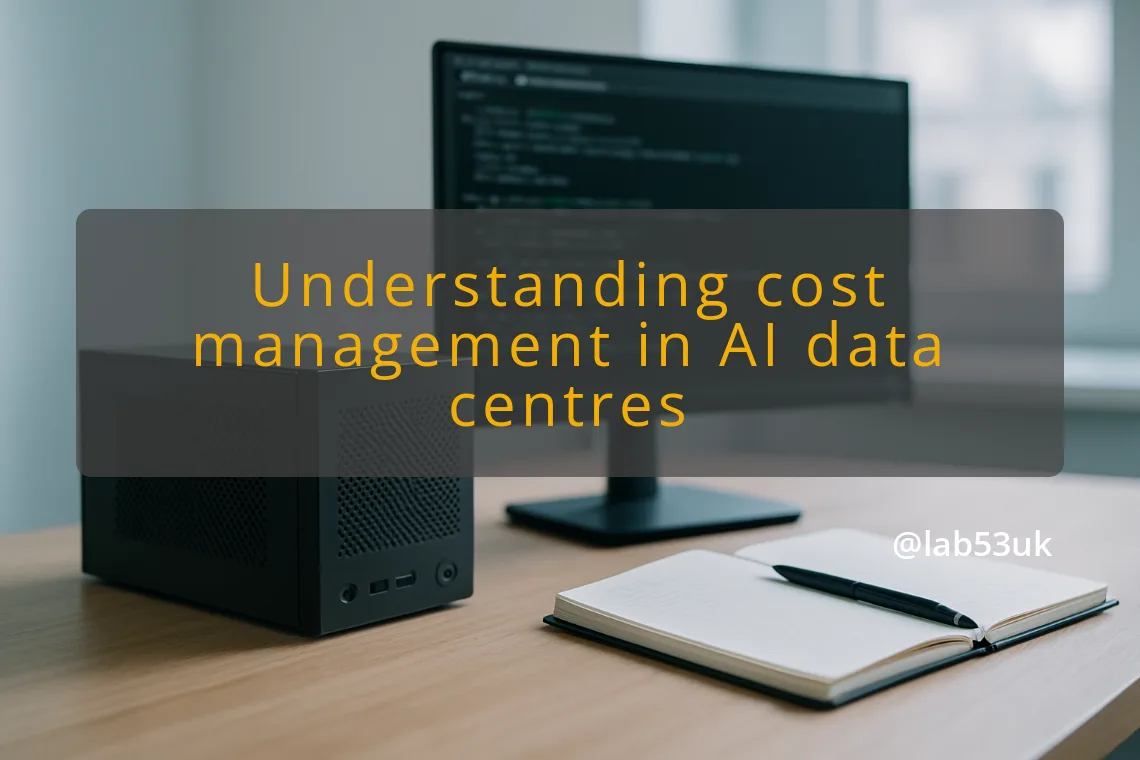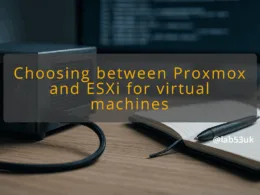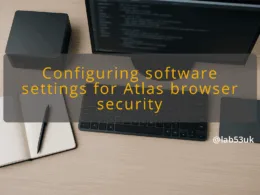Managing Data Centre Costs: Configuring Your Homelab for Economic Resilience
I run a homelab to test ideas I would not risk on production kit. I treat it like a tiny data centre. That mindset changes decisions. I focus on measurable costs, tight feedback loops and cheap fail-safe options. The steps below show how I map big Data Centre Costs down to a homelab you can control.
Cost Management Strategies
Start by listing the real cost drivers. For homelabs those are power, rack space, cooling, capital spend on servers, and the time you spend maintaining kit. Write those down with numbers. Guessing wastes money.
Identify the key cost drivers
- Measure. Plug-in power meters are cheap and accurate. Record watts under typical load, not peak idle. Take a week of samples. Convert to kWh and multiply by your tariff for a monthly energy figure.
- Track utilisation. Use tools such as Prometheus node exporter or Netdata to log CPU, memory and disk I/O. Idle CPU or underused GPUs are wasted capital.
- Log maintenance time. If a host needs two hours a month to patch and babysit, add that as a cost at a sensible hourly rate.
Budget for infrastructure
- Build a realistic three-year budget. Include spares: extra SSD, spare PSU, and a replacement NIC. Sourcing a single spare can avoid paying emergency prices later.
- If you buy used kit, assume shorter lifetime and include a modest replacement fund. I budget 20–30 per cent of purchase price per year as a reserve for older kit.
- Consider mixed-class hardware: one efficient server for always-on services, and one cheap, power-hungry box for bursty workloads.
Leverage Virtualisation
- Use Proxmox or a KVM setup and prefer containers (LXC) where possible. Containers cut overhead and let you pack services onto fewer physical CPUs.
- Aim for high consolidation but stay pragmatic. I run stateful services on dedicated VMs and ephemeral workloads in containers. That reduces wasted cores while keeping recoverability.
- Use GPU passthrough sparingly. If you experiment with AI, rent cloud GPUs for training runs and keep small local inference nodes. That reduces capital tied up in expensive accelerators.
Automate cost monitoring
- Export metrics: node exporter for hardware, IPMI for chassis sensors, and a USB or smart meter for power draw.
- Store metrics in Prometheus or InfluxDB.
- Dashboards: use Grafana for a single-pane view of cost drivers.
- Alerts: set thresholds for sustained high draw or low utilisation. Alerts let you shut down unused VMs quickly.
I automate scheduled power-saving: cron jobs that shut non-essential VMs outside office hours, and Terraform to redeploy test clusters on demand. Automation turns monitoring into savings.
Assess long-term financial implications
- Scenario-test. Ask what happens if a component needs replacement, or if electricity doubles. Run simple “what if” maths and keep a replacement fund.
- Watch the market. Large-scale trends affect hardware prices and financing. McKinsey’s analysis suggests very large forthcoming investment in AI-capable data centres, which will shape demand and supply dynamics; that has knock-on effects on component prices and availability McKinsey report. The press has also highlighted financial risk tied to that boom Computerworld article.
Practical considerations for a resilient homelab
Energy efficiency and supply chain matters are where homelabs diverge from hobby builds. Small changes compound.
Evaluate energy efficiency
- Measure real consumption per workload. A common mistake is judging efficiency by idle power. I size power budgets around average utilisation.
- Use lower-power CPUs for always-on services. For example, an efficient Xeon-D or an ARM board can run DNS, monitoring and CI runners at a fraction of the power.
- Calculate cost per kWh for a host: (Wattage / 1000) × hours per month × tariff. Example: a 200 W server running 24/7 uses 144 kWh/month. Multiply that by your tariff to get a monthly cost. That number guides buy versus borrow decisions.
Plan for scalability
- Design for small, iterative growth. I start with two hosts in a cluster so I can tolerate a failure. Add nodes only when utilisation consistently exceeds 70 per cent.
- Use virtualisation features that allow live migration, or at least fast rebuilds. That reduces downtime and removes the need for over-provisioning.
- If AI experiments are part of your Homelab Configuration, separate inference and training workloads. Train in the cloud, run inference locally on compact accelerators or CPUs.
Manage supply chain risks
- Buy common spare parts. Standardise on a few PSU models, NICs and drive types. I keep at least one spare of each critical component.
- Use refurb sellers with short returns. The price delta between new and used hardware often justifies taking used servers for non-critical roles.
- Consider local sourcing for parts where lead times matter. Global shortages affect GPUs and specialised chips first.
Understand financing options
- Buy used, but price in shorter life and higher running costs.
- Lease or rent for short-term bursts. Renting a GPU for a week of training is often cheaper than buying one that sits idle.
- Tradeoffs: capital outlay buys control; rental buys flexibility. Put numbers beside each choice and pick the cheaper option over a realistic three-year horizon.
Prepare for market fluctuations
- Keep one eye on demand signals. Large investments in AI Data Centres will alter hardware availability and prices. Use that signal when deciding whether to buy now or wait.
- Don’t hold speculative inventory. If notebook or GPU prices drop, a year-old purchase can become sunk cost and a maintenance chore.
- Protect cash flow. If a major piece of equipment is essential, buy a tested used unit rather than a new one with long lead times and higher financing risk.
Practical checks I perform every quarter
- Re-run a utilisation report and compare it to the previous quarter.
- Check energy figures and look for drift from baseline. An ageing PSU or fan often shows as rising idle power.
- Audit spares and firmware. Firmware mismatches are a frequent cause of rebuilds that cost both time and power.
Final takeaways
Measure before you spend. Automate the boring bits. Prefer consolidation and containers for routine services. Treat GPU-heavy experiments as cloud-first unless you have a clear utilisation plan. Keep spares, budget for replacements, and run simple scenario maths so market swings do not turn into stranded kit.

